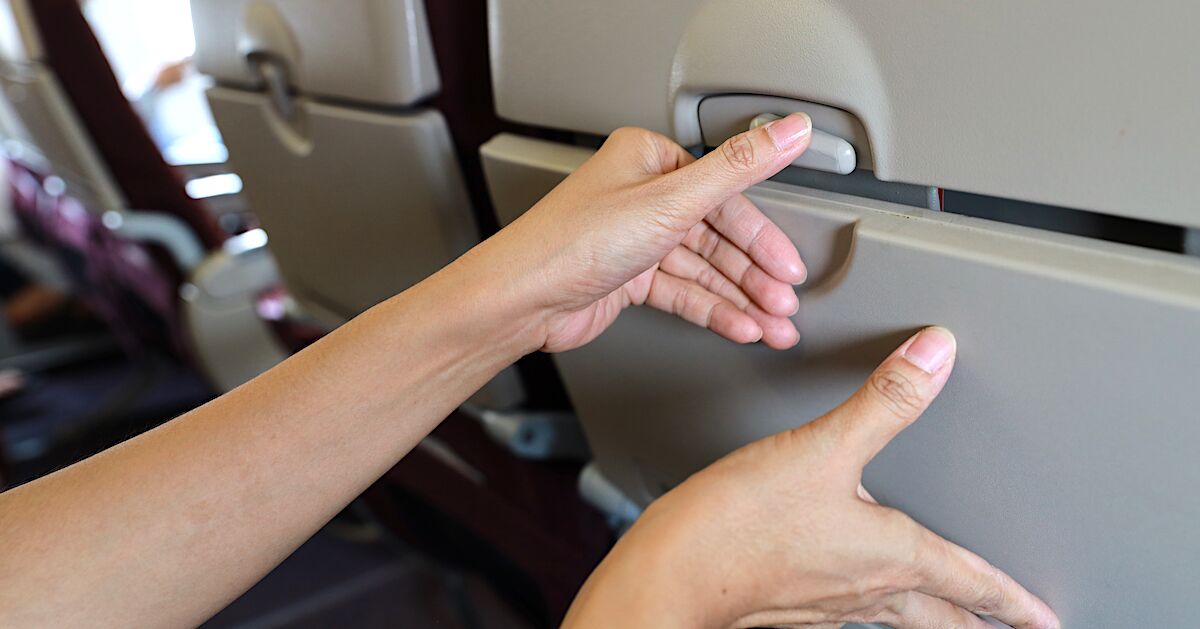As commonplace as tray tables may seem in airplane cabins, their stowing during takeoff and landing is a critical safety measure. This standard procedure, mandated by aviation authorities, serves multiple safety purposes and ensures passenger well-being during all phases of flight.
Preventing Hazards and Ensuring Mobility
The foremost reason for stowing tray tables is to prevent potential hazards during sudden movements like turbulence or aborted takeoffs. Objects left on open trays could become dangerous projectiles, posing risks to passengers and crew. Moreover, unobstructed passenger movement is vital, especially in emergencies. Stowed tray tables facilitate quick evacuation, allowing passengers to navigate the cabin swiftly and reach emergency exits without impediments.
Statistical Insights and Regulatory Compliance
Takeoff and landing are statistically identified as the phases with the highest likelihood of unexpected events, making tray table stowage imperative during these critical moments. Boeing and Airbus, leading aircraft manufacturers, report significant proportions of aviation accidents occurring during these flight phases. Consequently, regulatory bodies like the Federal Aviation Administration (FAA) mandate tray table stowage to mitigate risks and prioritize passenger safety.
Practical Considerations and Hygiene
While passengers may use tray tables during other flight phases, it’s prudent to exercise caution, considering the potential for unexpected turbulence. Additionally, maintaining hygiene by cleaning tray tables with antibacterial wipes is essential, given their propensity to harbor germs.

